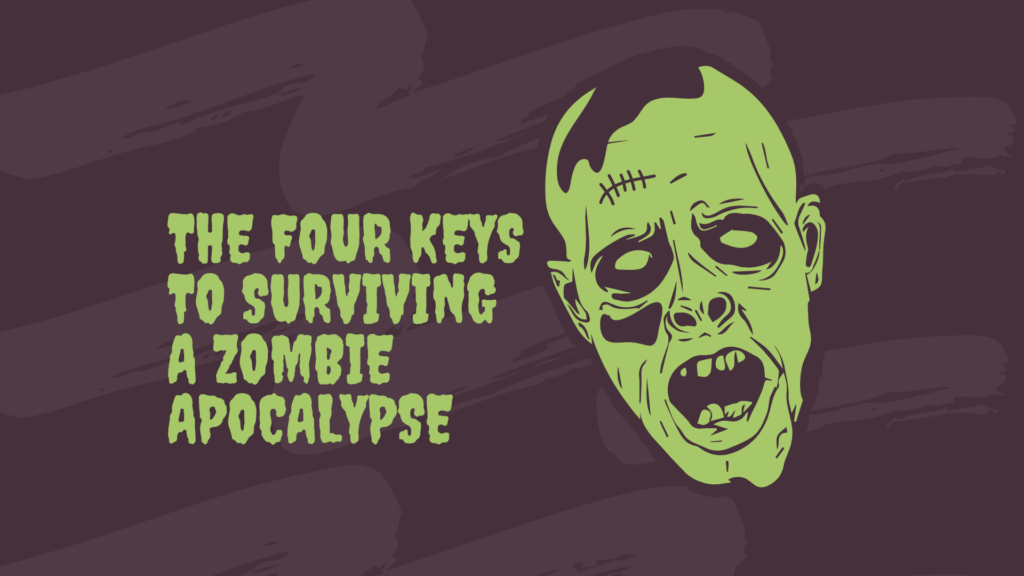Discover Your School’s Shared Vision Readiness: Rate Shared Vision for Readiness in Your School With Your School Leadership Team

When you’re surrounded by people who share a passionate commitment around a common purpose, anything is possible.
– Howard Schultz

INTRO
This activity will help your team reflect and identify effective leadership practices that will support the elevation and inclusion of stakeholder voices. What leadership practices are most effective in your work? When do you prioritize using those practices most often?
OBJECTIVES
- Develop a shared understanding of the need for a holistic vision for readiness.
- Apply the Four Keys—an evidence-based readiness framework that includes academic, behavioral, and social-emotional outcomes—when rating your school’s vision for readiness.
- Assess whether your students have the opportunities to gain 21st-century skills and if they are able to articulate how they can use those skills.
RESOURCE LINKS
The below activity is designed for your leadership team after you have engaged in the activity yourself.
Can our students articulate the skills they will have when they leave school?
STEP 1: This part of the activity should take about 15 minutes.
- Describe a student walking across the graduation stage who is ready to successfully transition and navigate the world beyond high school. List characteristics, skills, mindsets, and behaviors of this student.
- Which of the characteristics, skills, mindsets, or behaviors you listed have helped you the most through transitions in your own life?
- Why? Provide some specific examples.
- Watch the video overview of the Four Keys to Readiness.
- Which of the following categories best fits the skill you selected as most helpful to you?
- THINK: Critical thinking and problem solving
- KNOW: Content knowledge
- ACT: Ownership of learning and self management
- GO: Navigating life transitions
- INDIVIDUAL REFLECTION: Write down your reflections and/or share them with your coach.
- LEADERSHIP TEAM REFLECTION: Share your individual responses and then discuss and work together to agree on ratings as a team. Provide evidence for your rating(s).
TIPS
STEP 1
- Have your team show their ratings all at once using their fingers (we use the game RO SHAM BO when we work with teams).
- Then have the team members with the highest and lowest ratings share their thoughts first to get the perspectives that are most different. This discussion should lead to a consensus group rating.
STEP 2: This part of the activity should take about 30 minutes.
Score your school on the following two statements and provide evidence for your score.
STATEMENTS
- Through our classroom teaching and our extracurricular programs, our students have the opportunity to build their self awareness, self knowledge, and belief in self every period, every day.
- Our students can articulate the skills they will have when they leave school; identify how these skills will support their career, college, and future plans; and use these skills to better themselves and their community.
SCALE
1. Not at all
2. Somewhat
3. For the most part
4. Totally
TIPS
STEP 2
- Read the Inflexion Blog examples in the linked resources above to learn about schools who are finding ways to emphasize and prioritize students gaining the skills they need to be ready for their futures.
INDIVIDUAL REFLECTION
After reading the examples, adjust, if necessary, the scores you gave your school on the two statements above.
Review the Two Anchors Position Paper, focusing on pages 23-29 that discuss the need for a holistic shared vision for readiness. Build your own argument as to why it is critical to share a consensus of
student outcomes. Write down your reflections and/or share them with your coach.
LEADERSHIP TEAM REFLECTION
After reading the examples, adjust, if necessary, the scores you gave your school on the two statements above.
Share your individual responses and then discuss and work together to agree on ratings as a team. Provide evidence for your rating(s).
TIPS
REFLECTIONS
- Have your team show their ratings all at once using their fingers (we use the game RO SHAM BO when we work with teams).
- Then have the team members with the highest and lowest ratings share their thoughts first to get the perspectives that are most different. This discussion should lead to a consensus group rating.






Responses